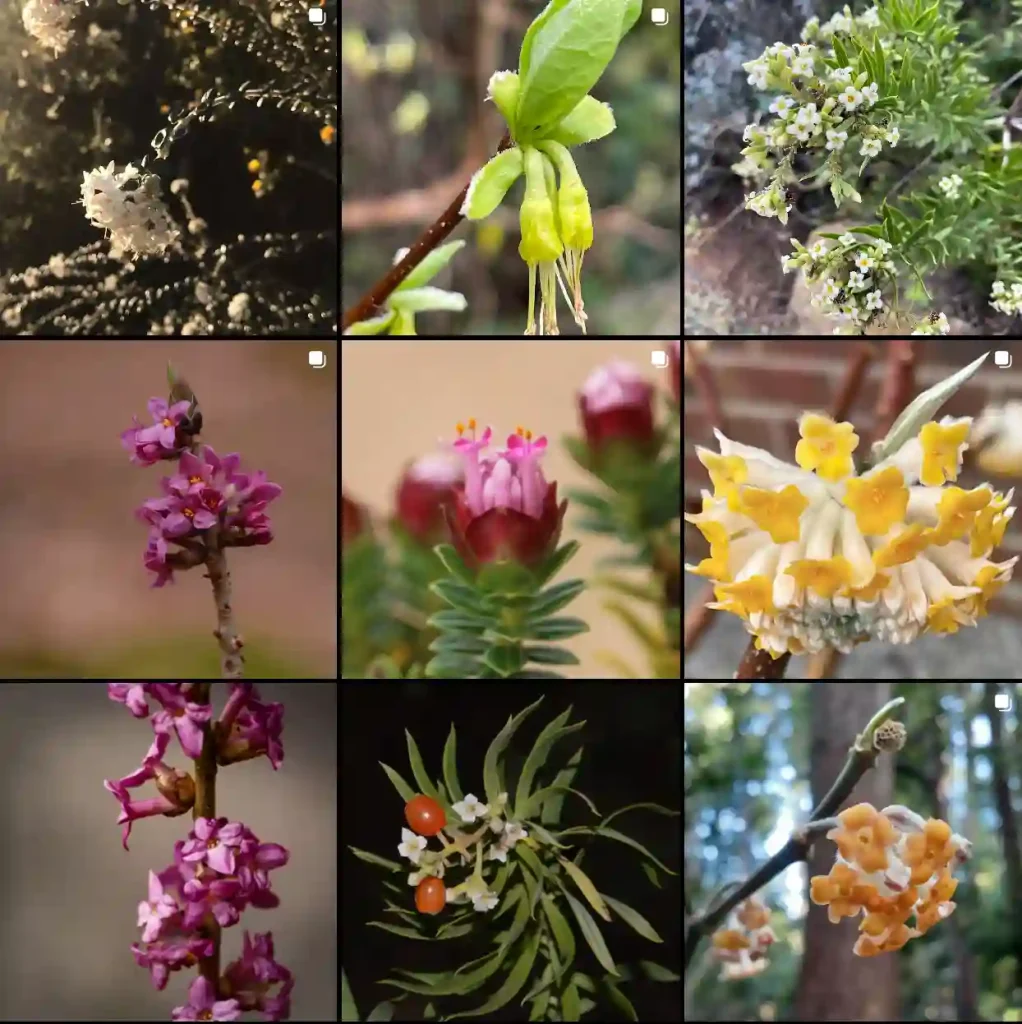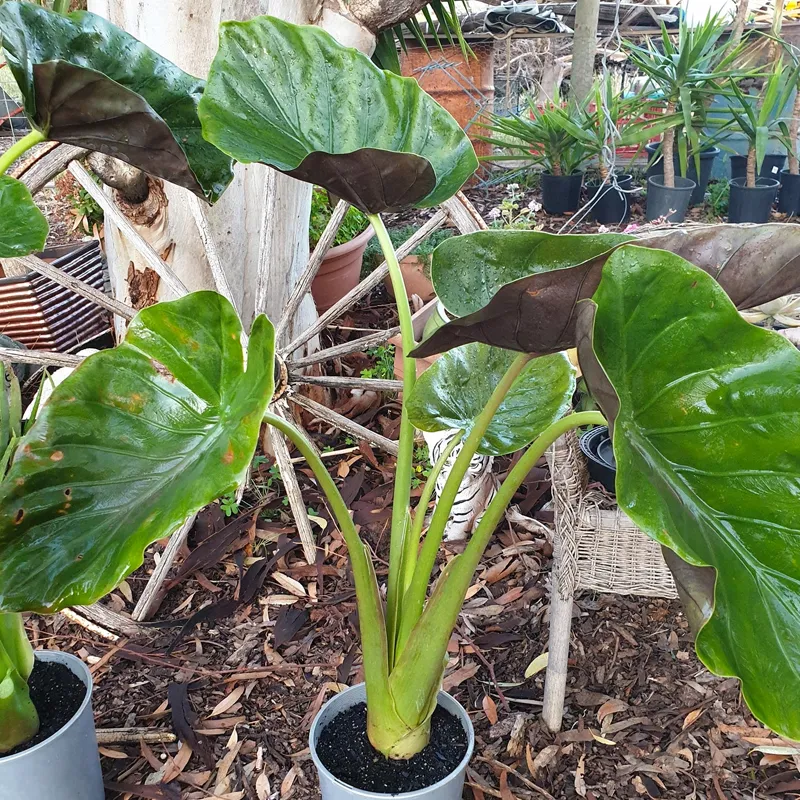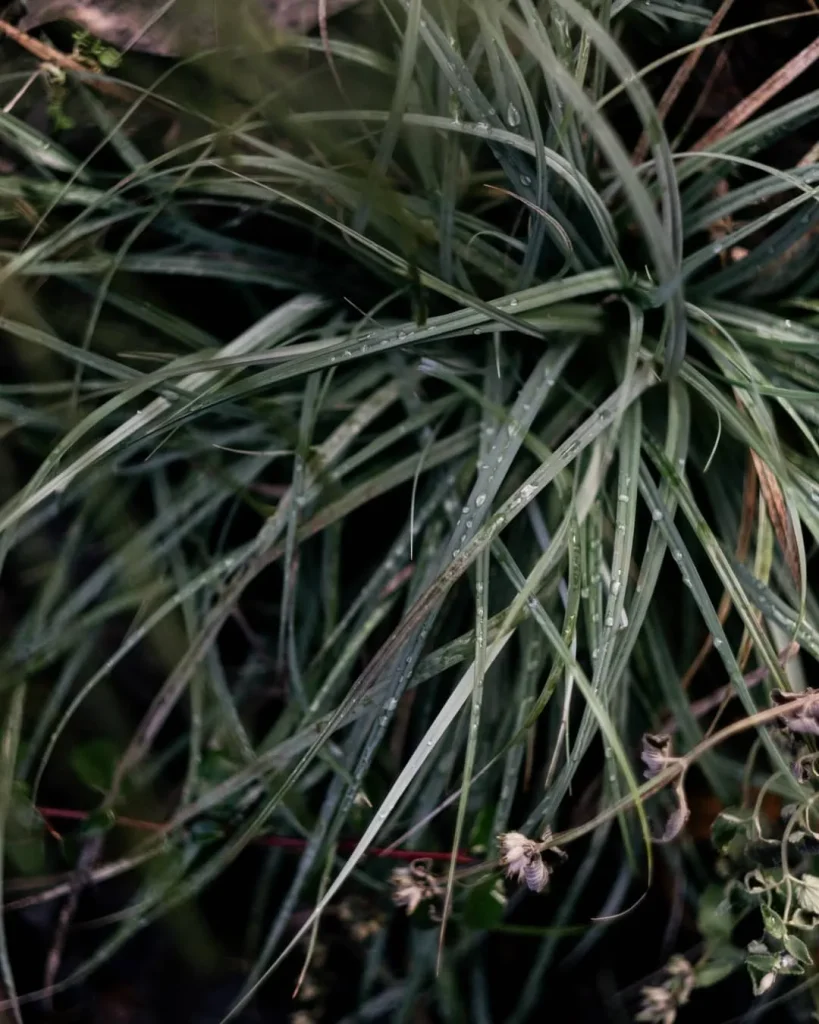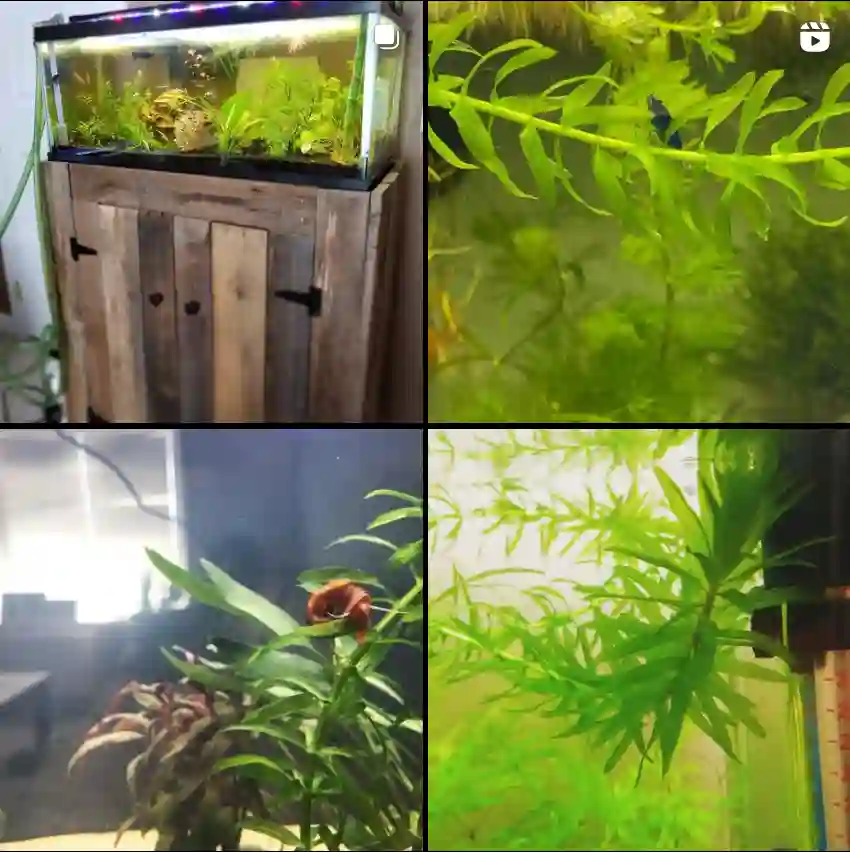Vriesea Splendens: The Flaming Sword That Brightens Your Home
Hi everyone, Ferb Vu here! Today, we’re diving into the world of Vriesea splendens – a synonym of Lutheria splendens, also known as the Flaming Sword. This stunning bromeliad is a popular houseplant choice, and for good reason. Its vibrant colors and unique form make it a real conversation starter.
But before you rush out and grab one, let’s answer some of the most common questions about this fiery flora.
236 Species in Genus Vriesea
What is a Vriesea splendens?
Vriesea splendens is a tropical epiphyte, meaning it grows on other plants in its natural habitat of the rainforests of Trinidad, eastern Venezuela, and the Guianas. It belongs to the Bromeliaceae family, the same family as pineapples! Known for its stiff, sword-shaped leaves that form a central rosette, the Vriesea splendens truly lives up to its “flaming sword” moniker.
The real showstopper, however, is the flower spike. It emerges from the center of the rosette, boasting brightly colored bracts (modified leaves) that range from red to orange to yellow. These bracts can last for months, adding a touch of the tropics to your indoor space.
Vriesea splendens vs. Tillandsia: What’s the Difference?
Vriesea splendens is often confused with its close cousin, Tillandsia. Both are air plants, meaning they absorb moisture and nutrients from the air through tiny scales on their leaves. However, there are some key differences:
- Leaves: Vriesea splendens has stiff, sword-shaped leaves, while Tillandsia leaves can be more varied, some being long and thin, others wider and more spoon-shaped.
- Roots: Vriesea splendens has more prominent roots that help it anchor to its host plant or potting mix. Tillandsia’s roots are primarily for attachment and don’t absorb much water.
- Water Needs: Vriesea splendens needs its central rosette kept filled with water, while Tillandsia prefers frequent misting.
How do I care for Vriesea splendens?
Good news! Vriesea splendens is a relatively low-maintenance houseplant. Here’s what you need to know:
- Light: Bright, indirect sunlight is ideal. Avoid harsh afternoon sun, which can scorch the leaves.
- Water: Water the central rosette regularly, keeping it about half full. You can also soak the potting mix once a week and let it drain completely. Use rainwater, filtered water, or tap water that has been left out overnight to allow chlorine to evaporate.
- Humidity: Vriesea splendens thrives in humid environments. If your home is dry, consider using a humidifier or placing your plant on a pebble tray filled with water.
- Temperature: Aim for warm temperatures between 65-80°F (18-27°C).
- Soil: A well-draining, airy potting mix is crucial. A mixture of orchid bark, perlite, and potting soil works well.
How often does Vriesea splendens flower?
Vriesea splendens typically flowers once every few years. The flower spike can last for several months, and after the blooms fade, the bracts may retain their color for even longer.
Can Vriesea splendens reproduce?
Yes! After flowering, Vriesea splendens may produce pups, or small offsets, at the base of the mother plant. You can carefully separate these pups once they reach a mature size and pot them up to create new Flaming Sword plants.
Is Vriesea splendens toxic to pets?
While not deadly, Vriesea splendens can cause mild stomach upset if ingested by pets or children. It’s always best to keep houseplants out of reach of curious creatures.
Conclusion: Embrace the Flaming Sword
Vriesea splendens is a stunning and easy-to-care-for bromeliad that adds a touch of the tropics to any home. With its vibrant colors and unique form, it’s sure to become a focal point in your indoor jungle. So, why not give this fiery flora a try? You might just be surprised by how easy it is to keep it happy and thriving.
If i die, water my plants!



